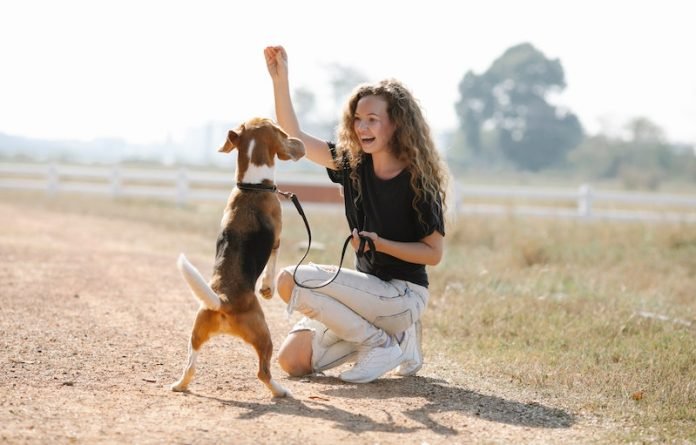
Breast cancer is a type of cancer that starts in the cells of the breast. It is the most common cancer in women worldwide, but it can also occur in men.
The exact cause of breast cancer is not known, but factors such as genetics, age, lifestyle, and hormone levels may increase the risk of developing the disease.
Symptoms of breast cancer may include a lump or thickening in the breast, changes in the size or shape of the breast, nipple discharge or tenderness, or changes in the skin of the breast.
Early detection through regular mammograms and breast exams is important for successful treatment.
A new study from Texas A&M University has found a direct link between exercise and a reduction in breast cancer.
The study found that a factor released during muscle contraction suppresses signaling within breast cancer cells, reducing tumor growth and potentially killing the cancerous cells.
While exercise is generally accepted as a way to improve overall health, researchers were not certain how exercise could lower the risk of cancer.
This study shows that muscle contraction releases a factor that kills or decreases the growth of neoplastic (abnormal and often cancerous) cells.
The team found that the factors released during exercise reside in muscle and are released into the bloodstream no matter what a person’s usual activity level or how developed their muscles are.
Simple forms of muscle contraction, such as going on a walk or dancing to your favorite song, can play a role in fighting breast cancer.
The researchers trained rats to complete a moderate-intensity exercise program for five weeks by running on treadmills with an incline.
They found that the longer the contraction session lasted, the more factors were released.
The researchers recommend following the protocols recommended by the American College of Sports Medicine to promote the release of these factors.
This involves 30 minutes of moderate-intensity exercise for at least five days a week, which can include brisk walking, dancing, or biking, according to the American Heart Association.
The study also suggests that exercise can prevent breast cancer’s development by disrupting communication in cancerous cells and stopping their growth.
The beneficial effects of exercise are also correlated with decreased risk of prostate and colon cancers, but more research is needed to identify which cancers and their subtypes respond best to exercise.
The researchers are conducting further studies to determine the exact identity of the factors being released by muscle.
They believe that the factors could be peptides called myokines released by muscle fibers, but further research is needed to clarify if resistance exercise, like lifting weights, has the same effect as aerobic exercise.
There are several ways to reduce the risk of developing breast cancer, including:
Maintaining a healthy weight: Obesity has been linked to an increased risk of breast cancer, so maintaining a healthy weight through exercise and a balanced diet may help reduce the risk.
Regular physical activity: Regular exercise, such as walking, running, or swimming, can help lower the risk of breast cancer. Aim for at least 30 minutes of moderate-intensity activity most days of the week.
Limiting alcohol intake: Studies have shown that drinking alcohol increases the risk of breast cancer, so limiting alcohol intake to no more than one drink per day may help reduce the risk.
Not smoking: Smoking has been linked to an increased risk of breast cancer, as well as other cancers and health problems. Quitting smoking or not starting in the first place can help reduce the risk.
If you care about cancer, please read studies that low-fat diet could help improve survival in breast cancer, and what you need to know cancer and booster shot.
For more information about cancer, please see recent studies about new way to increase the longevity of cancer survivors, and results showing vitamin D supplements strongly reduces cancer death.
The study was conducted by Amanda Davis et al and published in the journal Frontiers in Physiology.
Copyright © 2023 Knowridge Science Report. All rights reserved.



